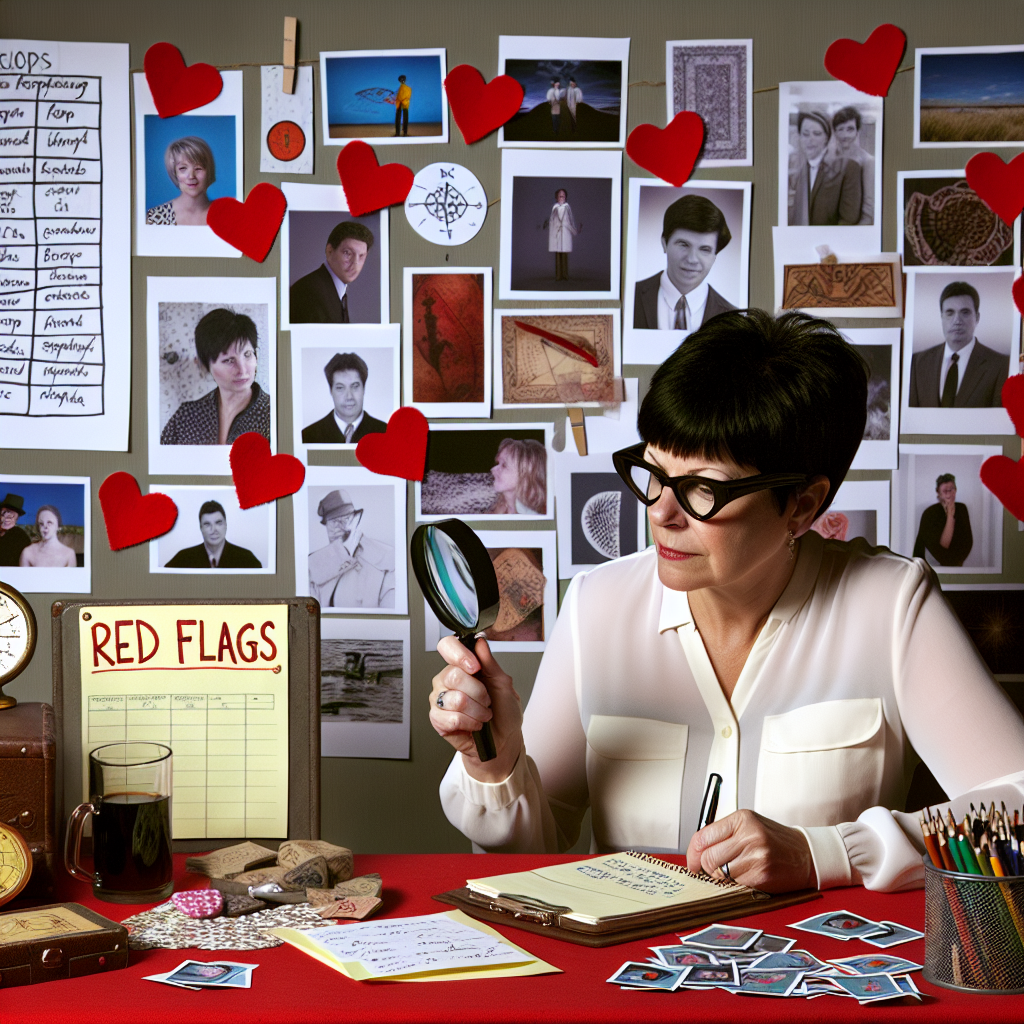The Matchmaker’s Framework: Professional Techniques for Identifying Compatibility Markers
Introduction: The Science Behind True Compatibility
Finding true love in the modern dating world is both an art and a science. Professional matchmakers and relationship experts use a structured framework to assess compatibility beyond surface-level attraction. This framework considers key factors such as values, communication styles, conflict resolution approaches, emotional intelligence, and shared life goals. Understanding compatibility involves analyzing both conscious and unconscious preferences, as lasting relationships require emotional alignment, mutual respect, lifestyle compatibility, and shared visions of love and partnership.
Professional matchmaking draws from psychology, neuroscience, and human behavior studies. Relationship coaches and matchmakers assess potential partners using behavioral profiling, attachment theory, and even biometric studies of attraction. By combining qualitative and quantitative insights, they help singles avoid common dating pitfalls and foster meaningful, lasting connections.
Scientific Studies That Define Relationship Compatibility
Scientific and psychological research provides valuable insights into how compatibility affects long-term relationship success. Several studies contribute to modern matchmaking techniques, guiding singles toward fulfilling, sustainable partnerships.
Attachment Theory: Understanding Emotional Bonding
Attachment theory explains how early-life relationships shape an individual’s approach to romantic intimacy. Securely attached individuals tend to form healthier romantic connections, while anxiously or avoidantly attached individuals experience greater difficulties. Understanding attachment styles helps matchmakers assess emotional compatibility between partners.
The Gottman Institute’s Findings on Relationship Success
The Gottman Institute’s research on relationship stability has identified four major behaviors—criticism, contempt, defensiveness, and stonewalling—that predict relationship failure with over 90% accuracy. Conversely, successful couples exhibit compatibility markers such as positive communication, emotional support, and shared humor. Professional matchmakers utilize Gottman’s findings to match individuals with complementary communication styles.
The Role of Personality Traits in Compatibility
The Big Five Personality Traits Model offers valuable insights into relationship dynamics. Studies indicate that similarity in certain traits—such as agreeableness and emotional stability—correlate with long-term relationship satisfaction, while mismatched neuroticism levels can create conflict. Professional matchmakers use personality assessments to ensure emotional and behavioral compatibility between partners.
Neuroscience and the Chemistry of Love
Neuroscientific research on attraction highlights the biochemical contributors to love and bonding. Elevated oxytocin levels during positive interactions promote trust and emotional connection, reinforcing long-term attachment between partners. Matchmakers consider these neurochemical influences when analyzing real-life chemistry between individuals during matchmaking consultations.
Shared Values and Lifestyle Compatibility
A Stanford University study on long-term commitment found that deeply aligned values—such as family orientation, financial outlook, and social beliefs—predict higher relationship satisfaction. Matchmakers prioritize these factors when pairing singles, ensuring foundational alignment before emotional investment occurs.
By integrating these scientific studies, matchmakers now use structured compatibility assessments rather than relying solely on instinct or subjective preferences. This data-driven approach increases the probability of successful, enduring relationships.
Conclusion: The Key to Lasting Love
Identifying compatibility markers is fundamental to fostering successful relationships. Professional matchmakers apply scientific principles, drawing from attachment theory, relationship psychology, personality studies, and neuroscience to assess compatibility effectively. By understanding these professional matchmaking techniques, singles can make informed choices in dating, reducing frustration and increasing their chances of finding a meaningful, lasting connection.
Summary: This article explores professional techniques used to identify compatibility markers, incorporating scientific studies and expert-backed strategies. It delves into how matchmakers use attachment theory, relationship psychology, personality assessments, and neuroscience to help singles find genuine, lasting connections.
References
- Fraley, R. C., & Shaver, P. R. (2000). Adult Romantic Attachment: Theoretical Developments, Emerging Controversies, and Unanswered Questions. Review of General Psychology.
- Gottman, J., & Gottman, J. (2017). The Science of Couples and Family Therapy: Behind the Scenes at the Love Lab. W.W. Norton & Company.
- McCrae, R. R., & Costa, P. T. (1999). A Five-Factor Theory of Personality. Handbook of Personality: Theory and Research.
- Robins, R. W., Caspi, A., & Moffitt, T. E. (2000). Two Personalities, One Relationship: Both Partners’ Personality Traits Shape the Quality of Their Relationship. Journal of Personality and Social Psychology.
- Feldman, R. (2012). Oxytocin and Social Affiliation in Humans. Hormones and Behavior.
- Stanford Center on Longevity. (2020). The Role of Shared Values in Romantic Commitment. Stanford University.

Dominic E. is a passionate filmmaker navigating the exciting intersection of art and science. By day, he delves into the complexities of the human body as a full-time medical writer, meticulously translating intricate medical concepts into accessible and engaging narratives. By night, he explores the boundless realm of cinematic storytelling, crafting narratives that evoke emotion and challenge perspectives. Film Student and Full-time Medical Writer for ContentVendor.com




